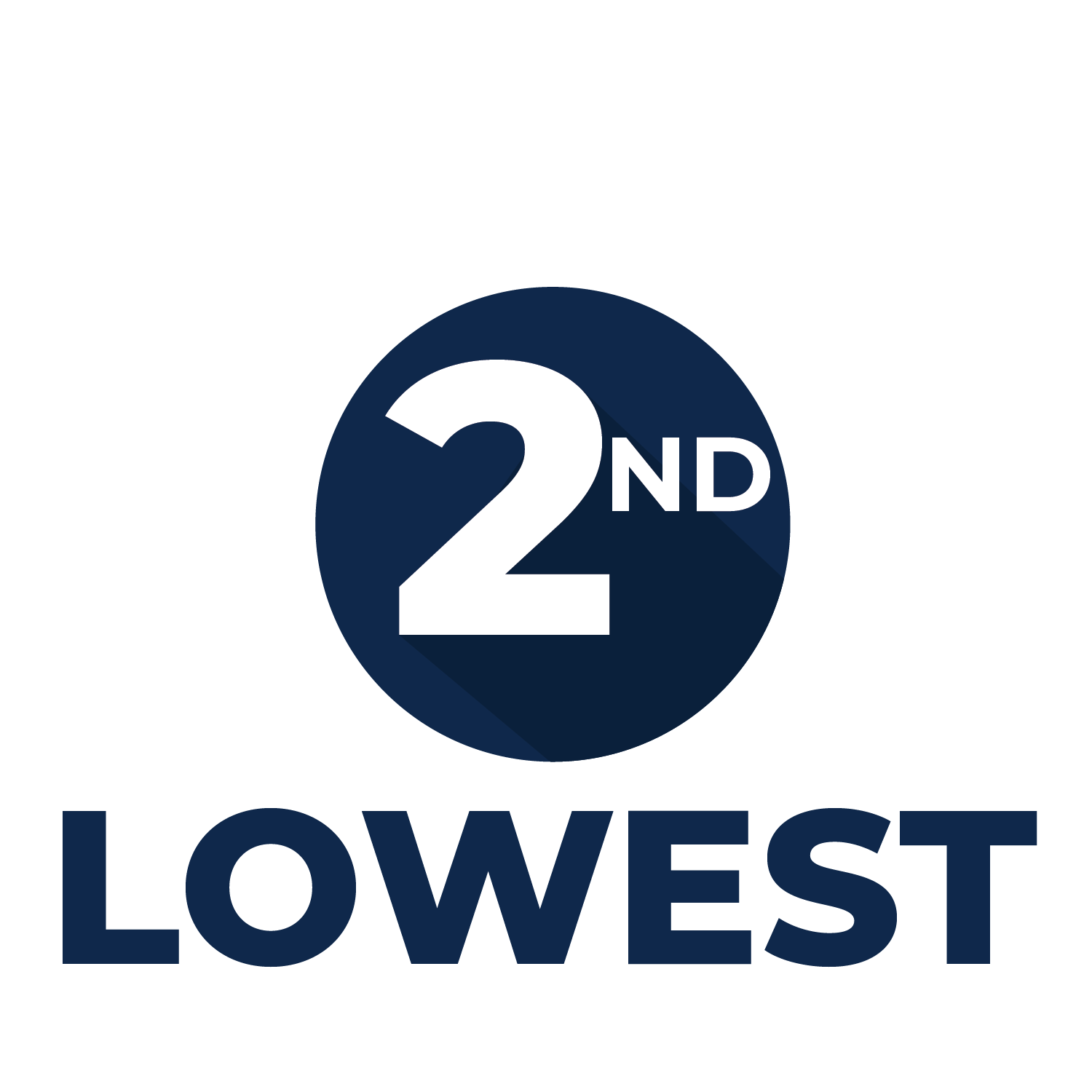Paying for College




Value of a University of Michigan-Dearborn Degree
UM-Dearborn makes a Michigan degree accessible and affordable. College is an investment in your future, and we recognize the importance of choosing a university that offers you a return on that investment. Our financial aid model is needs-first and our students graduate with the second-lowest amount of debt among the 15 public universities in our state. With 90% of our students receiving financial aid, we are laser focused on helping our students get a jump-start on success by launching their careers with little to no debt.
Tuition and Fee Estimates
The full cost of attendance breakdown can be found on our Cost of Attendance website.
Resident Cost Breakdown
| Description | Cost |
|---|---|
| Tuition & Fees*: | $15,640 |
| Books, Course Materials, Supplies & Equipment: | $1,300 |
| Total Undergraduate Cost: | $16,940 |
*Based on 2024-2025 actual lower division undergraduate actual costs, full time enrollment (15 credit hours, two semesters). Fees include required tuition and registration fees. The tuition and registration fee is subject to change by the University of Michigan Board of Regents and will vary with each student.
Non-Michigan Resident Cost Breakdown
| Description | Cost |
|---|---|
| Tuition & Fees*: | $32,896 |
| Books & Supplies: | $1,300 |
| Total Undergraduate Cost: | $34,196 |
*Based on 2024-2025 actual lower division undergraduate actual costs, full time enrollment (15 credit hours, two semesters). Fees include required tuition and registration fees. The tuition and registration fee is subject to change by the University of Michigan Board of Regents and will vary with each student.
Financial Aid

88% of incoming students receive some form of financial aid to help them enroll in and graduate from college.
Financial Aid is any source of funds available to help you pay for college. Whether you’re an incoming or a current student, the Office of Financial Aid and Scholarships is here to help you discover ways to pay for college through federal, state, university, and private sources. OFAS maintains multiple financial aid resources that are used to help pay for tuition, books, and other cost of living expenses.
File the FAFSA and Get Help Paying for School
The Free Application for Federal Student Aid (FAFSA) is your key to need-based financial aid like scholarships, grants, work-study, and loans. It's money from the government and University of Michigan-Dearborn to help you pay for college.
Below provides a timeline.
Complete the Net Price Calculator to get an early estimate.
- Explore here to review our tuition free Go Blue Guarantee program and typical tuition support offered to all Michigan families beyond the Go Blue Guarantee.
- Explore how financial aid works and options to pay for college.
*This timeline is reflective of an undergraduate starting in the Fall semester.
Determine what financial assistance you qualify for.
- Review updates and helpful information on completing the FAFSA.
- File the FAFSA (complete during your senior year - opens December 1, 2024 for the 2025-2026 academic year)
- Use School Code: 002326 to send the FAFSA to UM-Dearborn
- Priority filing by March 15th, but estimates will be provided through July 1. Financial aid is awarded on a first-come, first-served basis. Everyone is encouraged to file the FAFSA since most Wolverines receive at least one type of need-based financial aid after filing their FAFSA.
We encourage all students and families to file the FAFSA as our commitment to making our education affordable ensures funding is based on a families ability to pay.
Admitted students with a FAFSA on file will receive an email to view the personalized digital aid summary, starting in April, with rolling offers weekly through July. This digital offer is designed to assist you in comparing costs, as we know the financial commitment you make is a critical part of any college decision.
Compare Offers: Families are encouraged to figure out their Net Price (or net cost) as they weigh their college options.
Summer: Official Costs and Aid Packages
University of Michigan-Dearborn official rates are announced by early July. All deposited and enrolling students will receive their bill and official aid package. At this time and provided guidance on next steps to officially receive financial aid and/or sign up for our installment plan in support of meeting your educational costs to attend University of Michigan-Dearborn!
Types of Financial Aid
Scholarships
Grants
Loans
Additional Types of Financial Aid
The Go Blue Guarantee, University of Michigan's landmark promise of free tuition for high-achieving in-state undergraduate students from qualifying backgrounds, is applicable to Dearborn Wolverines. Learn more about the Go Blue Guarantee, and see just how affordable it can be to earn the Michigan degree from our campus.
Return on Your Investment at UM-Dearborn
The earning power of a University of Michigan degree is continuously proven true by our esteemed alumni. When comparing faculty, quality of education, programs, student life, scholarships, and financial aid, the MICHIGAN degree offers a significant return on investment.

Median 10-year earnings, among 15 Michigan public universities
According to the Georgetown University Analysis

Average annual costs among 15 public Michigan universities
According to the U.S. Department of Education College Scorecard

Amount of student loan debt after graduation among 15 Michigan public universities.
Source: Project on Student Debt, an initiative of the Institute for College Access
